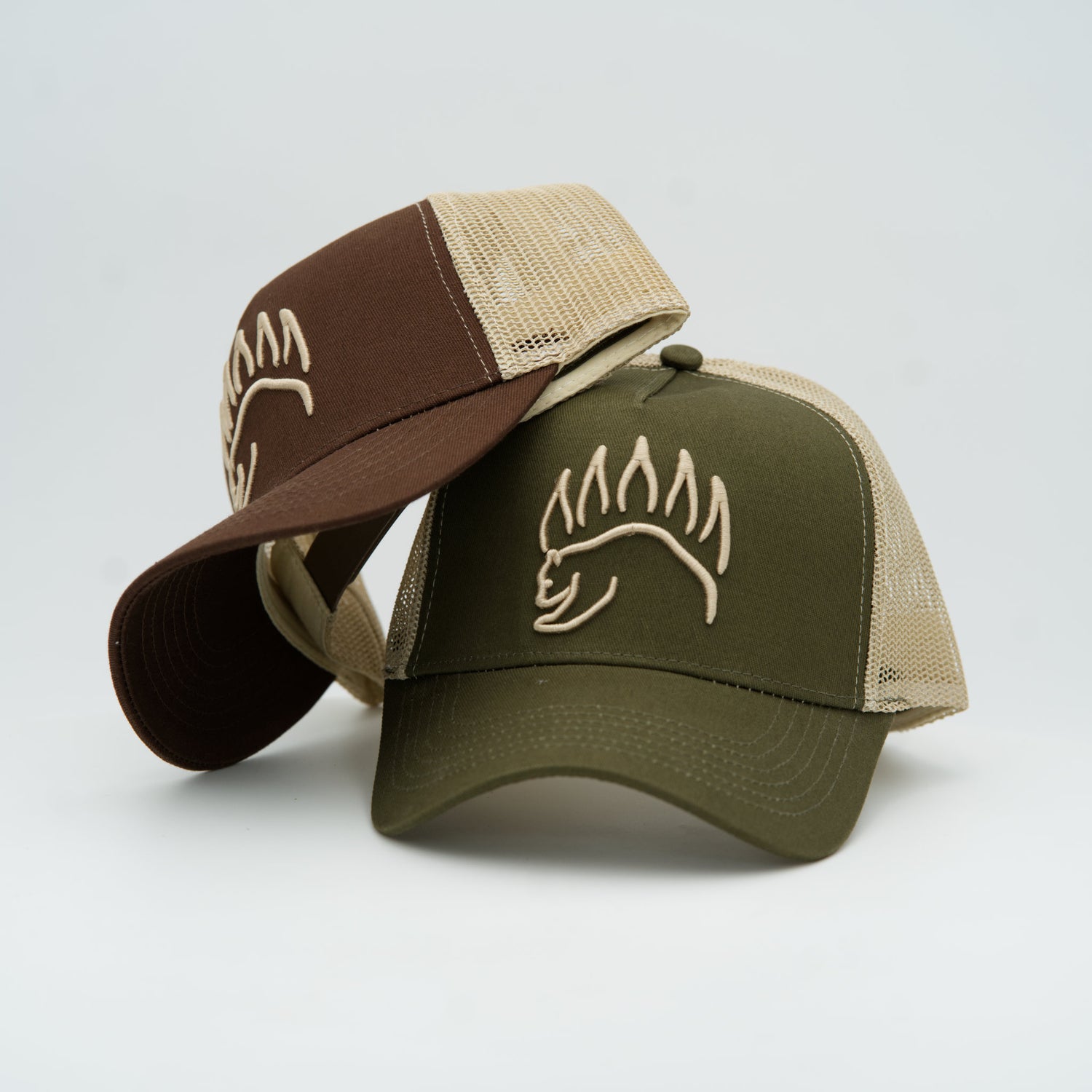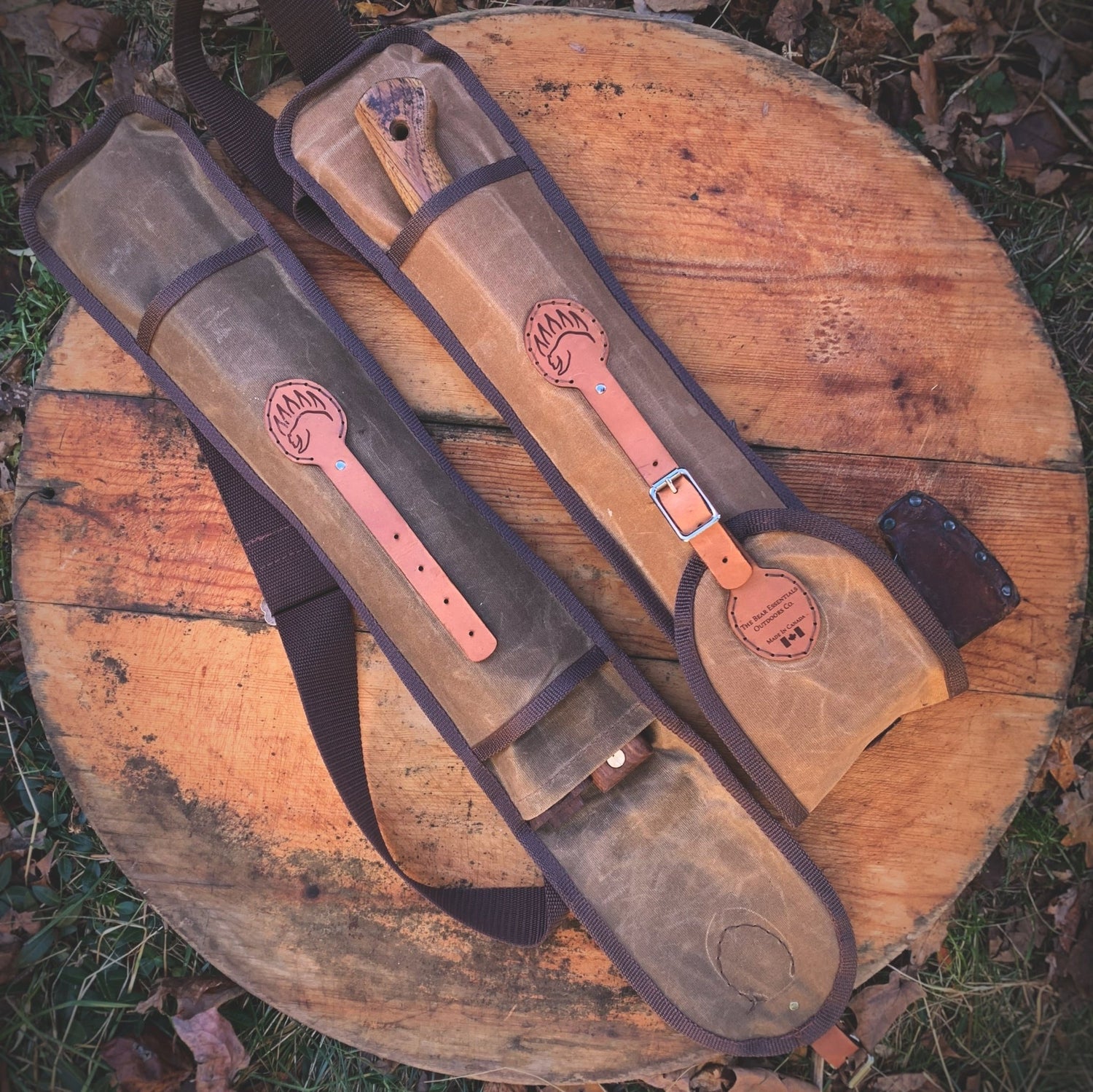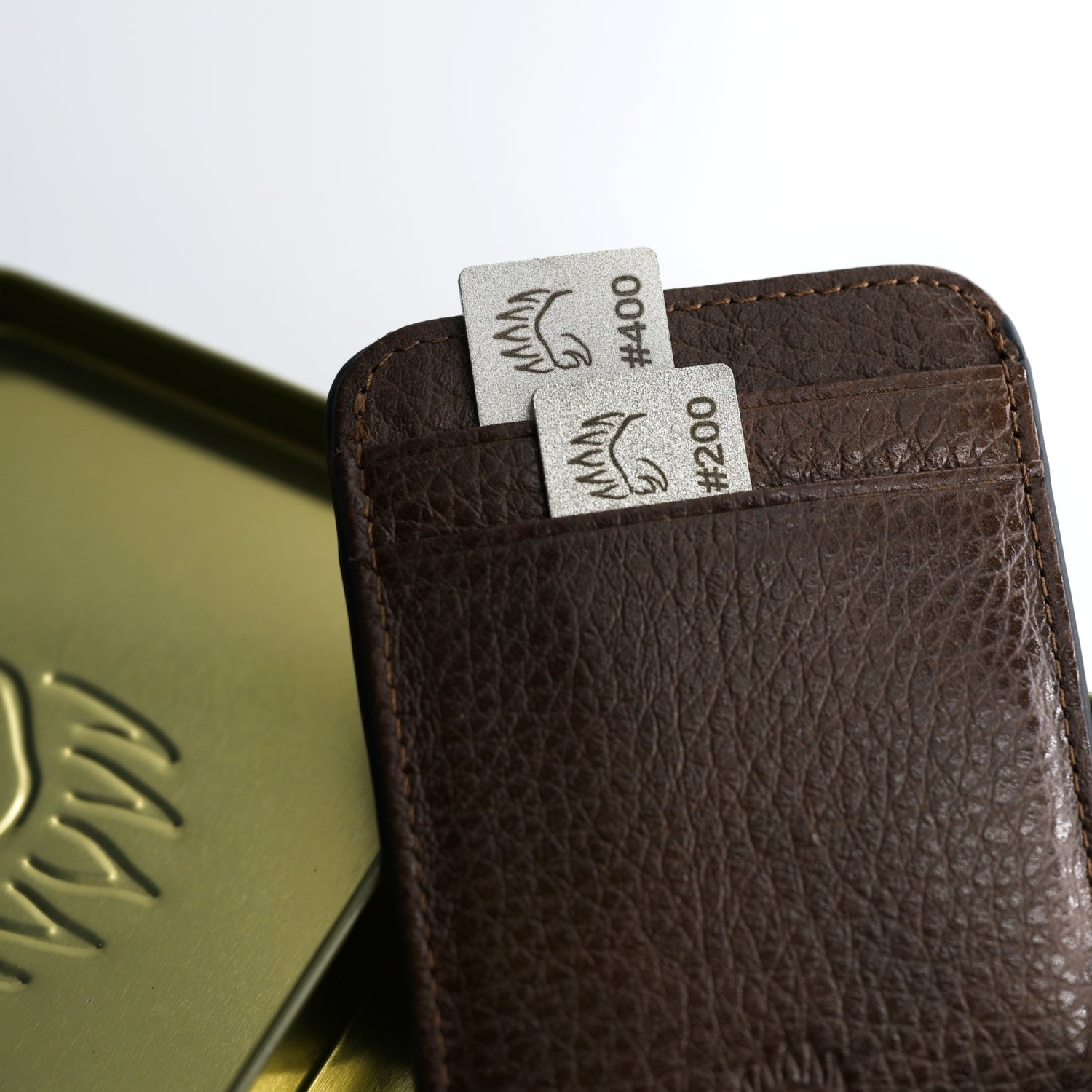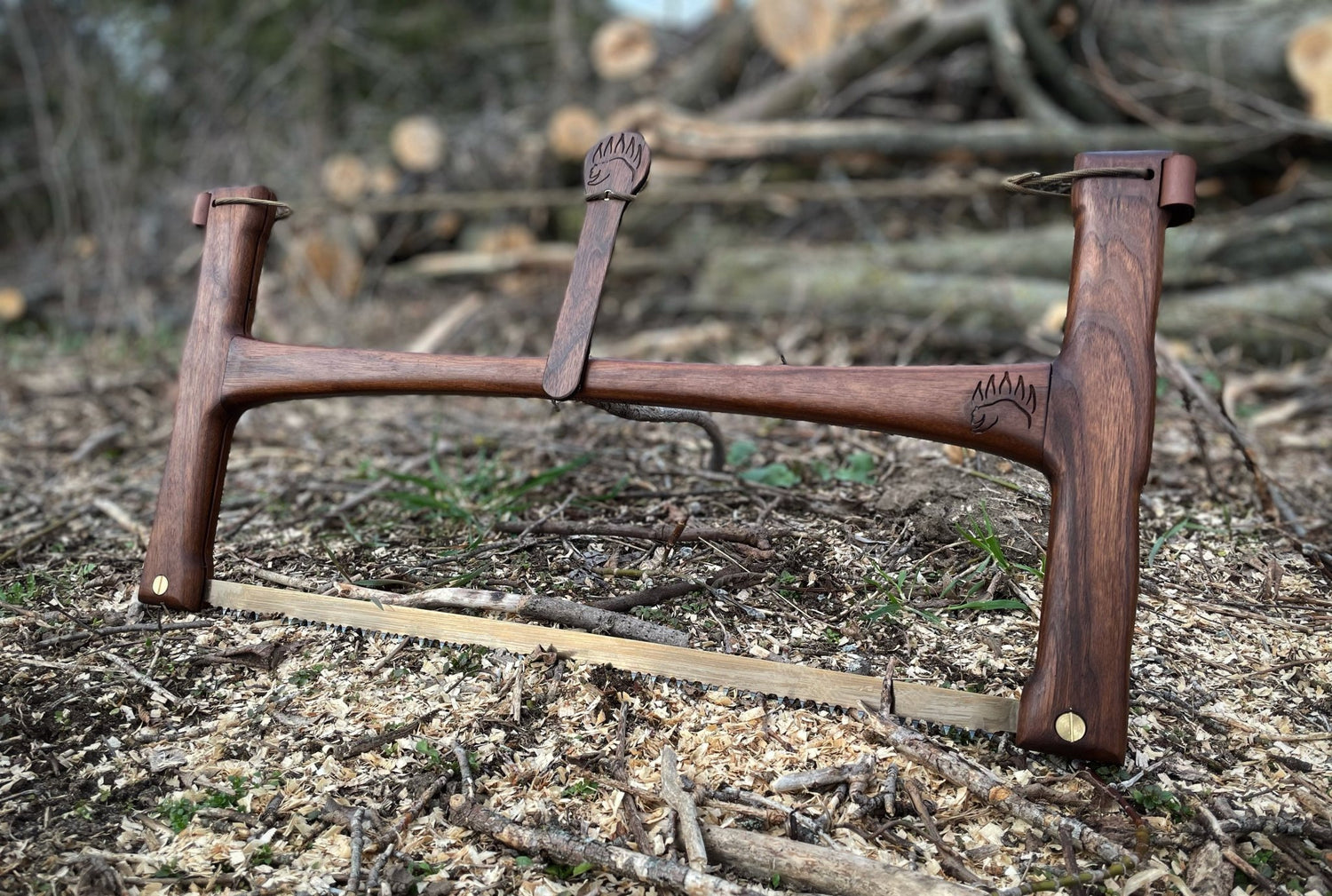If you’ve ever white-knuckled the wheel while watching your boat shimmy in the rearview, this one’s for you.
Strapping a canoe (or kayak) is not a dark art—it’s a simple system done the same way every time.
In this guide I’ll show how to strap a canoe to a roof rack, plus exactly how to strap a kayak to a roof rack and how to tie a kayak to a roof rack with the same repeatable steps.
We’ll cover gear, rack setups, bow/stern lines that don’t buzz, the foam-block method (no rack), rope vs. cam straps, and the small shop tricks that keep your paint and hull happy at highway speed.
I’ll keep it straight: cam straps over the hull, bow and stern lines to the car, shake test, road check. Do that—every time—and your boat rides quiet and secure.
Read This 60-Second Checklist First
- Rack first. Two crossbars spaced near the canoe’s widest point. No rack? Foam blocks + through-door straps rated for transport.
- Orientation. Canoe rides upside-down (hull up, gunwales down). Kayaks: hull-down in saddles or hull-up on cradles per your carriers—just be consistent left-right fore-aft.
- Main straps. Two 1" polyester cam straps—one over each crossbar—cinched snug. No ratchet straps on the hull; too easy to over-crank.
- Bow & stern lines. One to the front of the vehicle, one to the rear—rated tie points or hood/trunk loop anchors.
-
Final check. Shake the boat; the car should move not the canoe. Tie off strap tails. Drive a few minutes, stop, re-snug.
That’s the best way to tie two boats to a roof, whether your search bar said how to secure a canoe to a roof rack or how to secure a kayak on roof rack. Same system, same success.

Gear That Makes Strapping a Canoe To a Car Easy
- Crossbars or a complete foam-block kit. Crossbars win for stability at highway speed. Foam blocks are the minimalist backup that works if you’re careful.
- Two 12–15 ft cam straps (polyester webbing) for the crossbars. Cam buckles sit near the gunwales (canoe) or near a strong deck area (kayak)—not on your paint.
- Two bow/stern tie-downs. Rope with a trucker’s hitch, or purpose bow/stern devices (self-ratcheting on these lines is OK because you’re not crushing the hull).
- Soft pads. Gunwale pads or foam to reduce slip and keep finish clean.
- Hood/trunk loop anchors. Webbing loops that bolt under a fender screw and fold out for tie-downs. They turn “nowhere to hook” into solid, paint-safe points.
-
Optional: Kayak saddles/J-cradles if you haul roof rack kayaks often; canoe gunwale brackets for long highway runs; red flag for long overhangs.
Why cam straps over ratchets? Cam buckles give firm, repeatable tension without crushing composite, thermoformed, or poly hulls—or oil-canning roofs. Save ratchets for the bow/stern if you’re gentle.
Step-By-Step: How to Strap a Canoe to a Roof Rack
The canoe method is the clearest way to learn; kayaks follow the same logic with minor tweaks.
1) Load & position
- Hoist the canoe upside-down, gunwales resting on pads above each crossbar.
-
Center left-to-right; balance fore-aft so overhang is even. Thwarts should roughly span between bars.
2) Front cam strap (over the front bar)
- Stand on the passenger side. Toss the tail (non-buckle end) over the boat.
- Loop under the far crossbar and bring the tail back over to your side.
- Feed the tail into the buckle and cinch snug.
-
Park the buckle on top near the gunwale, not against your door or paint.
3) Rear cam strap (over the rear bar)
- Repeat the process on the back crossbar.
-
Tighten so the canoe is firmly seated on the pads, but don’t crank until the hull deforms.
4) Secure strap tails
-
Tie the extra webbing (two half hitches) to the bar or itself so it can’t flap and buzz at speed.
5) Bow line
- Anchor from the canoe’s bow carry handle or a sturdy thwart down to your front tie points or hood loops.
- Route so the line doesn’t rub paint (you can place a rag where the rope meets the hood of your car for extra protection); a single twist in the span kills humming.
-
Tension just enough to remove slack—snug, not banjo-string.
6) Stern line
-
Repeat at the rear. Keep clear of exhaust and tires.
7) Shake test and road check
- Grab the canoe at a thwart and rock—your vehicle should move with it.
-
Drive 5–10 minutes, pull over, re-snug, and retie any sneaky tails.
That’s the entire process for how to secure a canoe to a roof rack. If your goal was really how to tie a canoe to a car without a rack, jump to the foam-block method below.

Step-By-Step: How to Strap Kayak to Roof Rack (Saddles or Cradles)
Kayaks usually ride hull-down on saddles or on their side in J-cradles. The main differences are strap routing and gentle pressure on the deck.
- Mount kayak on roof rack: set it in the saddles or J-cradles per the carrier’s instructions.
- Strap path: Each cam strap goes down from the buckle, under the crossbar (or cradle arm), back up and over the kayak, then into the buckle—exactly one strap per bar.
- Tighten until snug—no deck dimples. Buckles ride high, not across paint.
- Bow and stern lines: especially for long sea kayaks or short roofs; same “snug not banjo” rule.
-
Tail management: tie off loose webbing.
This is also how to secure a kayak to roof rack when people say “loop the strap around the bar twice”—the key is one strap per bar, capturing both the boat and bar, then finish with fore-aft lines.
No Rack? Use the Foam-Block Method
You can secure a canoe to roof rack without a rack—by faking one.
- Place foam blocks on the gunwales (canoe) or hull contact points (kayak). Space them like crossbars.
- Doors open, run your cam straps through the cabin above the door frames (not through open windows), capturing the boat and foam.
- Snug carefully—you’re compressing roof skin, not locking to a rigid bar.
- Bow & stern lines now matter even more.
-
Recheck often; wet blocks can settle on long drives.
This is the minimalist answer to how to strap a canoe to a car or how to tie a canoe to roof rack when your “rack” is blocks and doorframe straps.
Bow and Stern Lines That Don’t Buzz, Scuff, or Slip
- Attachment: Hood/trunk loop anchors protect paint and give solid points. Avoid hooking plastic honeycomb grilles or flimsy under-tray holes.
- Routing: Straight shot from boat’s carry handles to anchors. If a line touches paint, use a soft sleeve or reroute.
- Anti-hum: Put a single twist in each span. The twist disrupts the aero “guitar string.”
- Tension: Lines stabilize yaw and lift; crossbar straps still do the heavy lifting. Snug is enough.
Knots vs. Hardware: When You Don’t Have Cam Straps
Rope works fine if you trust your tying. Your core tool is the trucker’s hitch—a compact tension system with a built-in pulley effect—and an easy release knot at the end.

- At each bar: run the rope over the hull, under the bar, back up, create a small span loop or simple slip loop, then pull the tail through like a trucker’s hitch to tension.
- Finish: two half hitches or a slipped half hitch for quick release.
-
Bow/stern: rope is perfect here—controlled tension without crushing hulls.
If you aren’t fluent with rope, cam straps are faster and more consistent. But for emergency “tie down kayak to roof rack without straps,” rope and a clean trucker’s hitch are gold.

Common Mistakes With Strapping a Canoe To a Car
- Ratchet straps across the hull. Over-tension is the #1 way to crack composite boats or oil-can polyethylene—and to dent roofs. Cam straps only for the main hold-downs.
- Buckles on bodywork. Park buckles high, near the gunwales or deck. Pad them if they might kiss paint.
- Skipping bow/stern lines. Crosswinds and passing trucks can yaw the bow; fore-aft lines prevent the “sailboat” effect.
- Loose tails. Whipping webbing can sand your clearcoat and drive you nuts. Tie tails short and tidy.
- No recheck. Straps relax as pads settle and temps change. A 30-second check at the first stop prevents surprises.
-
Over-tightening foam-block setups. Remember: the “rack” is your roof skin—snug, then recheck after a few miles.
Highway Tips In Wind, Speed, Rain
- Mind the wind. Canoes ride hull-up to reduce lift; even so, crosswinds load the system. Slow down when gusts build.
- Clean air. Leave extra following distance; dirty air behind trucks slaps your boat.
- Rain: Wet straps can stretch microscopically—plan a quick check at the first stop.
- Noise: A low “thrumming” usually means a tail or line is vibrating. Stop, twist the span or tie the tail shorter.
Special Cases You’ll Run Into
Two Canoes / Two Kayaks / Mix-and-Match
- Use proper canoe racks for SUV (spreader bars) or stacker posts for kayaks.
- Independent straps for each boat at each crossbar, plus bow/stern lines for each. Don’t gang boats into one strap.
-
If stacking kayaks on their sides, follow your carrier’s directions for strap placement and add secure canoe to roof rack-style fore-aft lines per boat.
Short Roofs, Long Boats
- With hatchbacks or short sedans, expect bigger overhang fore and aft. Bow/stern lines become non-negotiable.
-
Some regions require a red flag for long rear overhangs; check your local rules before you roll.
Soft Racks and Temporary Bars
-
Treat them like foam blocks with extra stability. Snug, don’t crush; check more often.
How To Strap Kayak to Roof Rack: Possible Issues
- The boat shifts when you push. Re-seat on pads, re-snug cam straps, confirm bars are locked. Add a small fore-aft strap looped around a thwart to the bar to resist creeping.
- Straps hum like a bass string. Shorten tails and add a twist in spans.
- Bow line creeps right/left. Reroute to a more central point or add a second, lighter line to triangulate.
- You can’t avoid a buckle touching paint. Slide a foam chunk, towel, or strap pad underneath, or re-route the strap path so the buckle lives on top.
Frequently Asked Questions
Do I really need bow and stern lines?
Yes. They stabilize yaw and lift—especially on highways, in crosswinds, and on short roofs.
Can I leave the straps on the car between trips?
Store them dry. Wet webbing left in sun = mildew + UV damage. Toss them in the trunk and keep spares.
How tight is tight enough?
Snug so the boat can’t shift, not so the hull dimples. With cam straps you’ll feel the “firm” point—stop there.
Is this different for kayaks?
Same logic: one strap per crossbar capturing boat + bar, plus bow/stern lines. Saddles or J-cradles change contact points, not the system.
What about car racks for canoes or dedicated canoe racks for SUV?
They’re great: more spread, more stability, less hull stress. But the strapping method is unchanged.
Quick Tutorials: How to Tie a Kayak to Roof Rack
If all you’ve got is rope and you need to secure a kayak to roof rack:
- Over & under. Run rope over kayak, under the bar, then back up.
- Make a pulley. Tie a small slip loop (or span loop) near the bar; pass the tail through and pull to tension (mini trucker’s hitch).
- Lock it. Two half hitches around the standing part, then a slipped hitch for quick release.
-
Repeat at the other bar, then bow/stern.
This is the rope-only equivalent of “tie down kayak to roof rack” when your straps are missing.
Pro Moves: Small Things, Big Peace of Mind
- Mark cross bar position with a Sharpie on your gunwale—faster setup next time.
- Color-code strap pairs (front = blue, rear = red). Zero thinking at the launch ramp.
- Carry spare hood loops and one extra cam strap. The day you forget one is the day they earn their space.
- Twist your tails and tuck them under the strap runs. Quiet is morale.
- Shake test before you hit the road. Sounds obvious—saves headaches and gives peace of mind.

Which Method To Use
How to secure a canoe to a roof rack
Upside-down canoe on pads + two cam straps (one per bar) + bow & stern lines + shake test + road check.
How to secure a kayak to roof rack / how to tie a kayak to roof rack
Saddles/J-cradles + two cam straps (one per bar capturing boat and bar) + bow & stern lines + tail management + road check.
How to strap a canoe to a car (no rack)
Foam blocks + through-door cam straps + bow/stern lines + gentle tension + frequent checks.
Two boats
Independent straps on each bar for each boat + bow/stern lines per boat.
Windy highway
Slow down, add a twist to spans, and re-snug at the first stop.
How to Tie a Kayak to Roof Rack: The Best Way
The best boat tie-down is boring: the canoe (or kayak) doesn’t wiggle, the straps don’t sing, and you forget it’s up there until the ramp comes into view.
If you remember nothing else, remember this:
- Two cam straps—one per bar—with buckles parked high.
- Bow and stern lines—snug, not banjo.
- Tails tied short; a twist kills hum.
-
Shake test in the driveway; road check after five minutes.
Do that, and you’ve mastered how to strap a canoe to a roof rack, how to strap kayak to roof rack, and how to tie a kayak to roof rack like someone who’s loaded more boats than they can count.
Quiet rides, safe hauls, better paddles.




